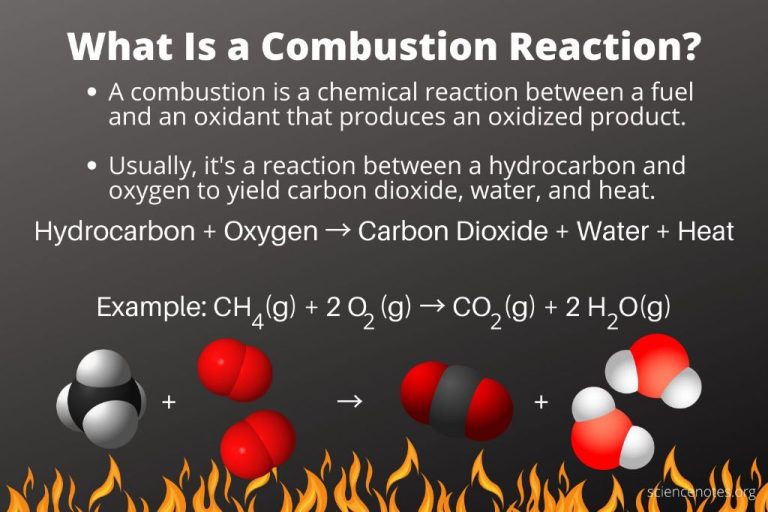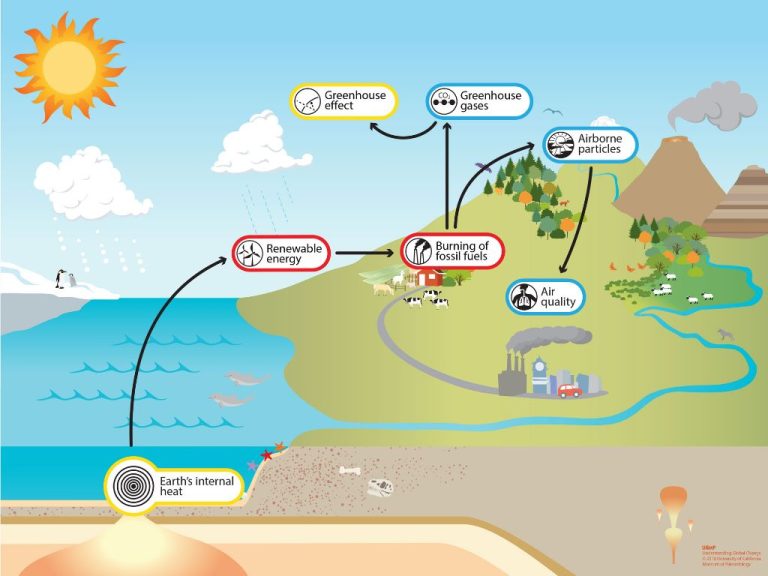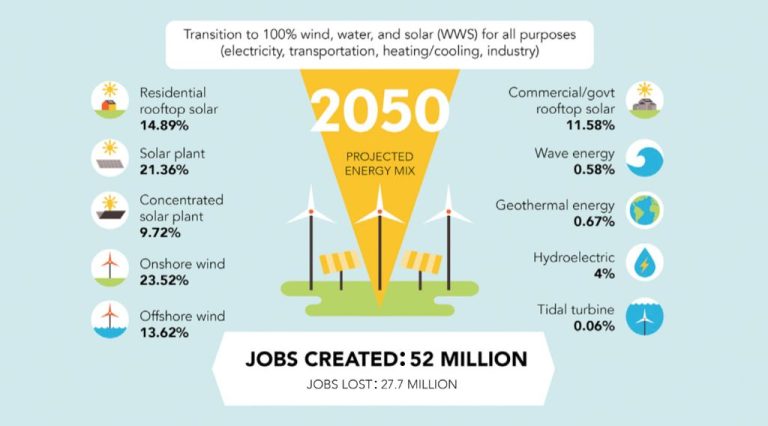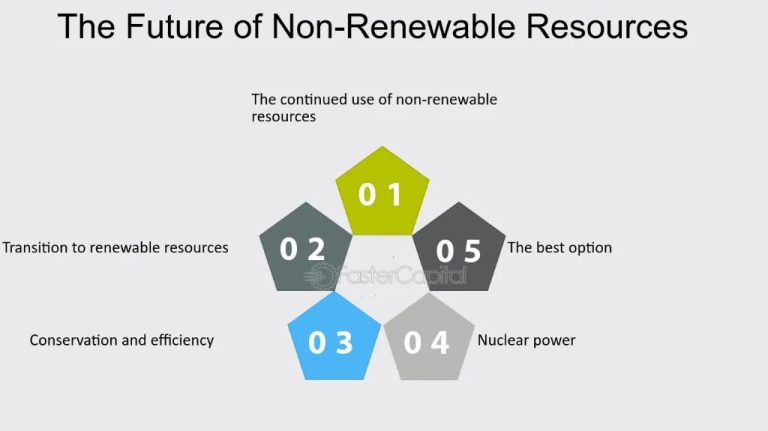What Is Energy And How Is It Related To An Objects Motion?
Definition of Energy
Energy is the ability to do work or cause change. It exists in many forms. Energy is defined as the capacity to do work. Work involves applying a force to move an object. In physics, energy comes in different forms that can be converted from one form to another. Some common forms that energy exists as include:
- Kinetic energy – the energy of motion
- Potential energy – stored energy based on an object’s position
- Chemical energy – energy stored in the bonds of atoms and molecules
- Thermal energy – the internal energy of an object related to the motion of its atoms and molecules
- Electrical energy – energy from the movement of electrons
- Nuclear energy – energy stored in the nucleus of an atom
- Radiant energy – energy in the form of electromagnetic waves
Energy is never created or destroyed, it just transforms from one form to another. This is known as the law of conservation of energy. Understanding energy and how it transforms is key to many scientific fields including physics, chemistry, biology, and engineering.
Forms of Energy
Energy exists in many different forms that can be grouped into major categories. The most common forms of energy include:
- Mechanical energy – the energy associated with motion and the relative positions of objects, including kinetic and potential energy
- Thermal energy – the internal energy of substances related to the kinetic energy of atoms and molecules, which manifests itself as heat
- Chemical energy – the energy stored in chemical bonds and released during chemical reactions
- Nuclear energy – the energy stored in the nucleus of an atom and released in nuclear reactions
- Electrical energy – the energy associated with electric charges and the movement of electrons
- Magnetic energy – the energy of magnetic fields
- Radiant energy – energy propagated as electromagnetic waves such as light, radio waves, gamma rays etc.
Energy can transition between these different forms, but it is always conserved according to the law of conservation of energy.
Kinetic and Potential Energy
Kinetic energy is the energy of motion. It refers to the energy an object or particle has due to its motion. The faster an object moves, the more kinetic energy it possesses. Kinetic energy depends on the object’s mass and velocity. For example, a car moving at 60 mph has more kinetic energy than a car moving at 30 mph. The heavier the car, the more kinetic energy it will have at the same speed.
Potential energy is stored energy that an object has due to its position or arrangement. There are several types of potential energy:
- Gravitational potential energy – energy stored in an object due to gravity. For example, a book held above the floor has gravitational potential energy due to the Earth’s gravity pulling it down.
- Elastic potential energy – energy stored in elastic materials that are stretched or compressed. For example, a stretched rubber band has elastic potential energy.
- Chemical potential energy – energy stored in the bonds of atoms and molecules. Food, gasoline, and batteries contain chemical potential energy that can be released in chemical reactions.
An object gains potential energy when work is done against a force to move it. The object then has capacity to release that stored energy and do work. For example, lifting a ball increases its gravitational potential energy. When released, the ball falls and its potential energy converts into kinetic energy.
Relationship Between Energy and Motion
There is a direct relationship between an object’s motion and its energy. When an object is in motion, it possesses kinetic energy, which is the energy of motion. The faster or heavier an object is, the more kinetic energy it contains.
For an object that is not moving, it does not have kinetic energy. However, energy can be stored in a non-moving object as potential energy. Common types of potential energy include gravitational, chemical, and elastic potential energy.
In order for an object that is at rest to begin moving, it requires an input of energy. This energy is transferred to the object to give it kinetic energy and set it in motion. The more kinetic energy that is transferred, the faster the object will move. Without an energy input, objects at rest will remain at rest.
While a moving object has kinetic energy, that energy came from somewhere. Energy cannot be created or destroyed, only transferred between objects and converted to different forms. This is the principle of the conservation of energy.
To summarize, objects in motion have kinetic energy that was transferred to them to get them moving. Slowing down or stopping these moving objects requires that the kinetic energy be transferred elsewhere. Energy is always conserved in these transfers between potential and kinetic energy.
Conservation of Energy
One of the most fundamental laws of physics is the law of conservation of energy. This law states that within a closed system, the total amount of energy remains constant. Energy cannot be created or destroyed, only transformed from one form into another.
For example, when a ball falls off a table, its potential energy is transformed into kinetic energy as it accelerates towards the ground. When the ball hits the floor, the kinetic energy is transformed into heat, sound, and deformation energy. The total amount of energy before and after the ball falls is exactly the same. This is true for all processes that occur in closed systems.
The law of conservation of energy is important because it enables us to track where energy comes from and goes during energy transfers and transformations. This allows us to quantify energy flows and make useful calculations. It also tells us that energy resources can be transformed but never used up entirely.
Understanding the conservation of energy is key to areas like engineering, physics, chemistry, biology, and other sciences. It guides the design of machines, technologies, and systems that rely on converting energy from one form into another. The law provides insight into how the universe works at a fundamental level.
Work and Power
Work occurs when a force acts on an object to cause displacement. The work done is calculated by multiplying the force by the distance moved. This means work represents an energy transfer in that force was exerted to move the object. The units for work are joules in the metric system and foot-pounds in the imperial system.
An example of work is lifting a heavy box from the ground. The force exerted to lift the box upward against gravity over a vertical distance equals the work done on the box. More work is done the heavier the box is and the higher it’s lifted.
Power is the rate at which work is done. It is calculated as work divided by time, so the units are joules per second in the metric system and foot-pounds per second in the imperial system. Power represents the speed of energy transfer and doing work. An object that exerts a large force to move a long distance in a short time is very powerful.
Power is important for machinery and engines. Even if the total work done is the same, an engine that exerts the force rapidly generates more power than one that exerts the force slowly. Powerful car engines can accelerate quickly, while less powerful ones accelerate more slowly despite the same work being done to move the car.
Energy Transformations
Energy can transform between different forms such as kinetic energy, potential energy, thermal energy, etc. Here are some examples of energy transformations:
Kinetic to Potential Energy
When you lift an object upwards, you are doing work against gravity to increase its potential energy. The kinetic energy used to lift it is transformed into potential energy.
Potential to Kinetic Energy
When an object falls, its potential energy is converted into kinetic energy. This is seen in hydroelectric dams where the potential energy of water held at a height is transformed into kinetic energy to turn turbines.
Chemical to Thermal Energy
Burning fuel involves breaking chemical bonds to release thermal energy. The chemical potential energy stored in the fuel’s molecular bonds is converted into heat and light.
Mechanical to Electrical Energy
Generators and turbines convert rotating mechanical energy into electrical energy. The kinetic energy of the spinning turbines gets transformed into electricity.
Energy transformations happen continuously all around us. The law of conservation of energy states that the total energy in a closed system remains constant – energy can only change forms but is never lost.
Energy Efficiency
Energy efficiency refers to using less energy to achieve the same outcome. Since large amounts of energy are often wasted through inefficiencies, energy efficiency represents a powerful tool for reducing energy consumption and improving sustainability.
There are many ways we can improve energy efficiency in homes, transportation, industry and infrastructure. Some examples include:
- Insulating buildings properly to reduce heating and cooling needs
- Installing ENERGY STAR appliances, lights and equipment that use less electricity
- Designing energy-efficient buildings with passive solar, smart thermostats and efficient heating/cooling systems
- Driving more fuel-efficient vehicles including electric and hybrid cars
- Implementing “smart grid” technologies to optimize energy distribution
- Upgrading industrial equipment, motors and processes to minimize waste
- Utilizing combined heat-and-power (CHP) systems to capture wasted heat
- Encouraging energy conservation behaviors in homes and offices
Governments often promote energy efficiency through building codes, vehicle fuel economy standards, energy ratings, financial incentives and education campaigns. By maximizing energy efficiency wherever possible, we can reduce costs, limit pollution and make better use of our energy resources.
Renewable Energy
Renewable energy comes from natural sources or processes that are constantly replenished. Major types of renewable energy include:
- Solar energy – Energy from the sun that is captured through solar panels to generate electricity or heat water.
- Wind energy – Wind turbines convert the kinetic energy of wind into mechanical power to generate electricity.
- Hydropower – Energy from flowing water that turns turbines to produce electricity. This includes waves, tides, ocean currents and hydroelectric dams.
- Geothermal energy – Using the internal heat of the earth to directly heat buildings or to generate electricity.
- Biomass – Organic material from plants and animals that can be burned to produce heat or generate electricity.
The key advantage of renewable energy is that it comes from virtually limitless natural sources and does not produce greenhouse gas emissions. Transitioning from fossil fuels to renewables will be critical for building a sustainable energy future.
The Future of Energy
As global energy needs continue rising, emerging technologies and renewables will play an increasingly vital role in meeting demand sustainably. Energy innovation is accelerating as governments, companies, and researchers invest billions into developing cleaner energy sources and more efficient systems.
Key trends shaping the future of energy include:
- Growth of renewables like solar, wind, geothermal and hydropower to replace fossil fuels.
- Advances in energy storage technology, like batteries, to enable greater use of intermittent renewables.
- Expansion of electric vehicles and charging infrastructure.
- Development of smart grids to match supply and demand in real-time.
- Improved energy efficiency across transportation, buildings, industry and appliances.
- Emergence of hydrogen as an emissions-free fuel for electricity, heating and transportation.
- Increased decentralization through microgrids and distributed generation.
- Greater digitization to optimize energy management and reduce waste.
While fossil fuels will continue playing a major role as the transition unfolds over decades, the pace is accelerating. With the right policies, innovation and investment, renewables have the potential to meet over 80% of global energy demand by 2050. Realizing an efficient, clean and inclusive energy future will require unprecedented collaboration between governments, companies and societies.





